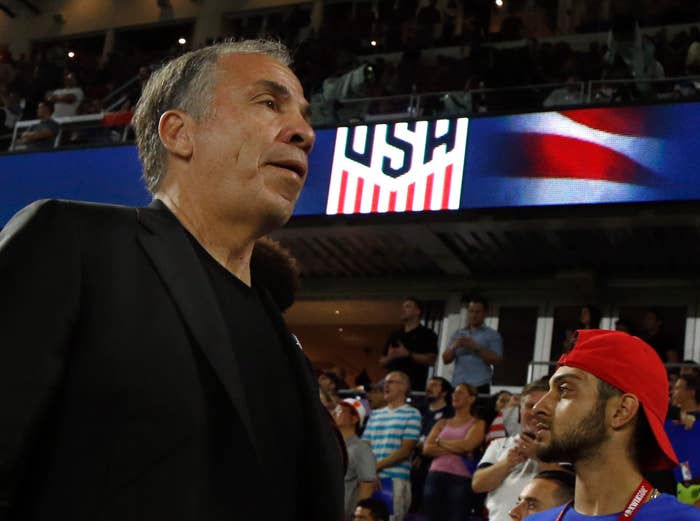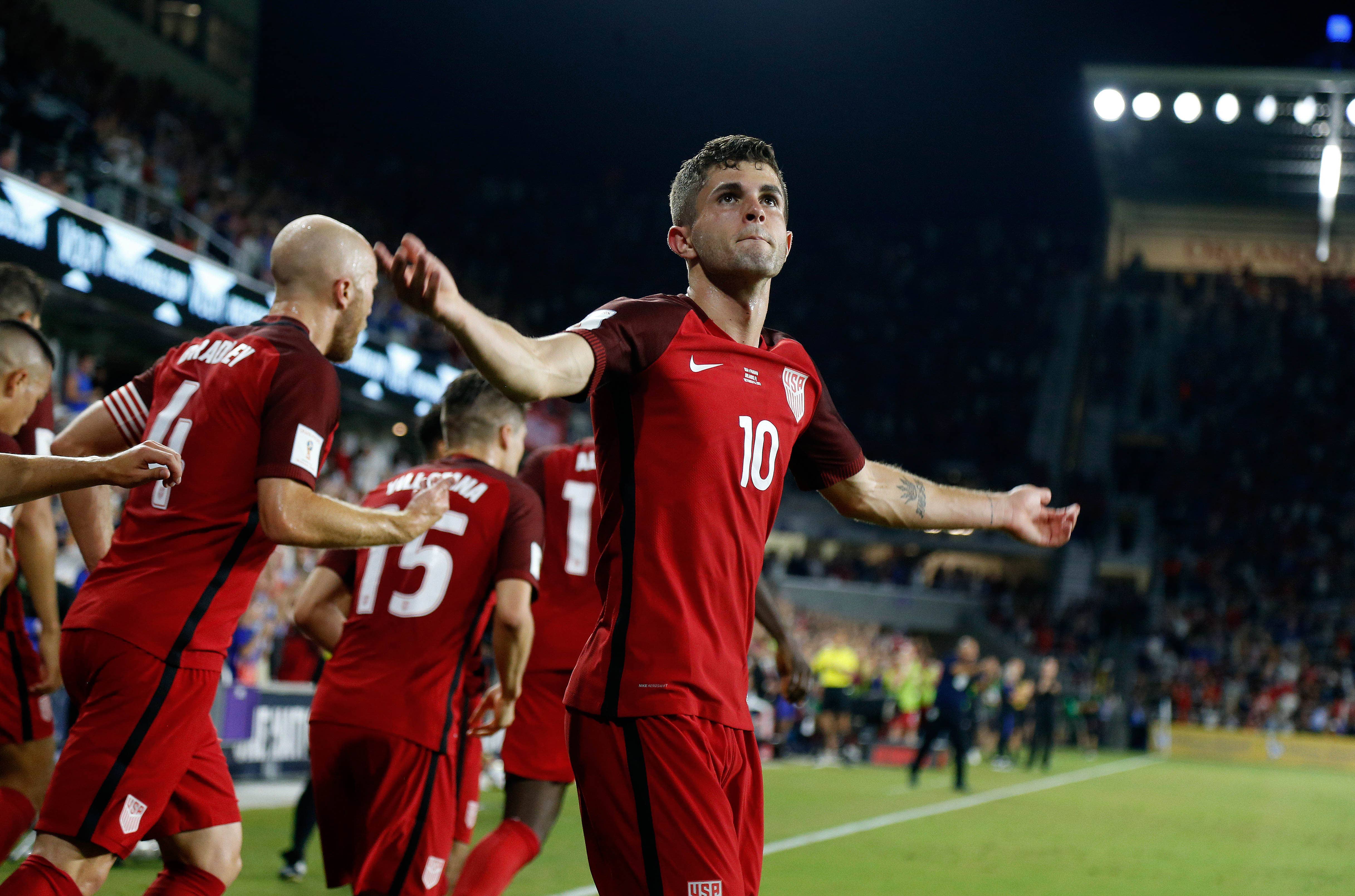
“If we don’t qualify out of CONCACAF, then we have major, major problems, and it would be catastrophic…it will hurt and I just hope it doesn’t happen any time soon or in my lifetime.”
That was the second-to-last thought of Fox Sports analyst and former U.S. Men’s National Team player Alexi Lalas when I spoke with him last January. His parting comment? “I don’t see [failing to qualify] happening in 2018.”d
Whoops.
The Oct. 10 debacle in Trinidad and Tobago means that for the first time since 1986, the U.S. Men’s National Team will not be going to the World Cup. The American soccer community has been engaged in a sort of collective self-flagellation since that embarrassing evening, dutifully working through the Five Stages of Grief as they try to understand their role in this seemingly unthinkable outcome.
Unlike fans of powerhouses such as Tunisia, Saudi Arabia, and Iran—all of whom will be in Russia next year—Americans have been forced to shift their focus to Qatar 2022. In considering a way forward, everyone’s “burn it all down” gut reaction is certainly understandable considering the magnitude of the failure. This generation of players has passed its expiration date, and, to a degree, a top-to-bottom house cleaning is in order to get the team back on track.
If you’re a true soccer head and want to understand how we even got here, this primer on the youth development gap is a must-read. And while it is on the one hand quite prophetic considering it was published a few days before the T&T game, on the other it will help you see that things are not as bad as they appear.
In fact, the change people have so desperately cried for is already underway.
The first fall guy after the T&T nightmare, naturally, was coach Bruce Arena. His second tenure in charge did not go well and it would be hard for the next coach to do worse. But considering how little time they spend with players, outside of squad selection the manager of a national team has little impact on the team’s fortunes compared with other pieces of the puzzle. The U.S. Soccer Federation has already been playing footsie with candidates like Northern Ireland's Martin O'Neill and former France manager Laurent Blanc, a puzzling decision considering the uncertainty at the top of the organization. There are a number of positions, both new and already-established, that need to be filled before a coach can be considered, and the biggest job of them all has finally been thrust into the limelight in the wake of the U.S.'s embarrassing defeat.

The big order of business at hand is the February 2018 election of the new president of the U.S. Soccer Federation. Current president Sunil Gulati, initially defiant following the U.S.’s loss, wised up and announced on Dec. 4 that he would not be seeking a fourth term.
“In the end, I think the best thing for me personally, and for the federation, is to see someone new in the job,” he explained to ESPN. The reality is this: there are few people in world soccer more adept than Gulati at reading which way the wind is blowing. His best-case scenario was an ugly election fight where he would probably win, but in doing so only further fracture the soccer community. His “all is well” and “nothing to see here” shtick wasn’t going to cut it anymore, so he got out.
Whoever he or she may be, the new president will inherit a program with plenty of flaws, certainly too many to discuss here. Player development has been the hottest topic of the campaign so far, and one only needs to watch Christian Pulisic play to see why. The 19-year-old is the fulcrum upon which American soccer fortunes turn, and he himself has said that “the path to the U.S. winning a World Cup—it doesn’t start with having ‘more talent.’ It starts with developing the talent that we already have.”
And guess what? The “talent we already have” is damn good.
The U.S.’s November friendly in Portugal revealed that the team of the future won’t just be “Pulisic Plus 10.” Nineteen-year-old Weston McKennie—regularly starting for German Bundesliga side Schalke—scored on his national team debut. Defenders Matt Miazga (Chelsea) and Cameron Carter-Vickers (Tottenham Hotspur) belong to big Premier League clubs and are thriving out on loan this season. Eighteen-year-old Tyler Adams got into the squad after a remarkable run in MLS this season, and 17-year-old Josh Sargent was a tough omission after joining Bundesliga side Werder Bremen in September. And those are just up-and-comers; you also have young regulars like DeAndre Yedlin, Bobby Wood, John Brooks, and Pulisic who figure to be national team mainstays for many years to come.
The important thing to develop this team going forward is that all of these guys have to play, and play often. That means the previous generation and its Dempseys, Bradleys, and Altidores never again see the field in a U.S. National Team game of consequence. Playing meaningful matches and competing for a place in the team is the surest way to get the best out of a player; for that reason, you can count me as one of the few in favor of an Alternative Facts World Cup (or perhaps its Stuart Holden-suggested cousin).
Of course, simply playing meaningful matches is not the only thing needed to fix the U.S. Men’s National Team. The entire youth development system, from pay-to-play clubs to a stunning lack of diversity and outreach to underprivileged kids, needs to be reexamined and retooled. There is no magic bullet here. But when it comes to working out those systemic issues, money is not a problem (thanks, Sunil! Say what you will about his soccer acumen, but it’s never a bad idea to have an Ivy League econ professor running your finances) and the new president will have a mandate to get that system back on track. A German-modeled overhaul could even be on the table. It may take a few years, but these systemic reforms will get done because the majority of people are demanding them.
If you aren’t a youth development enthusiast, however, much of this is unimportant. Wins matter to the casual fan. It may seem bleak now considering no World Cup, but a wealth of a teenage talent beginning to hit its stride means that the cure for what ails the Stars and Stripes is simple: play the babies.

